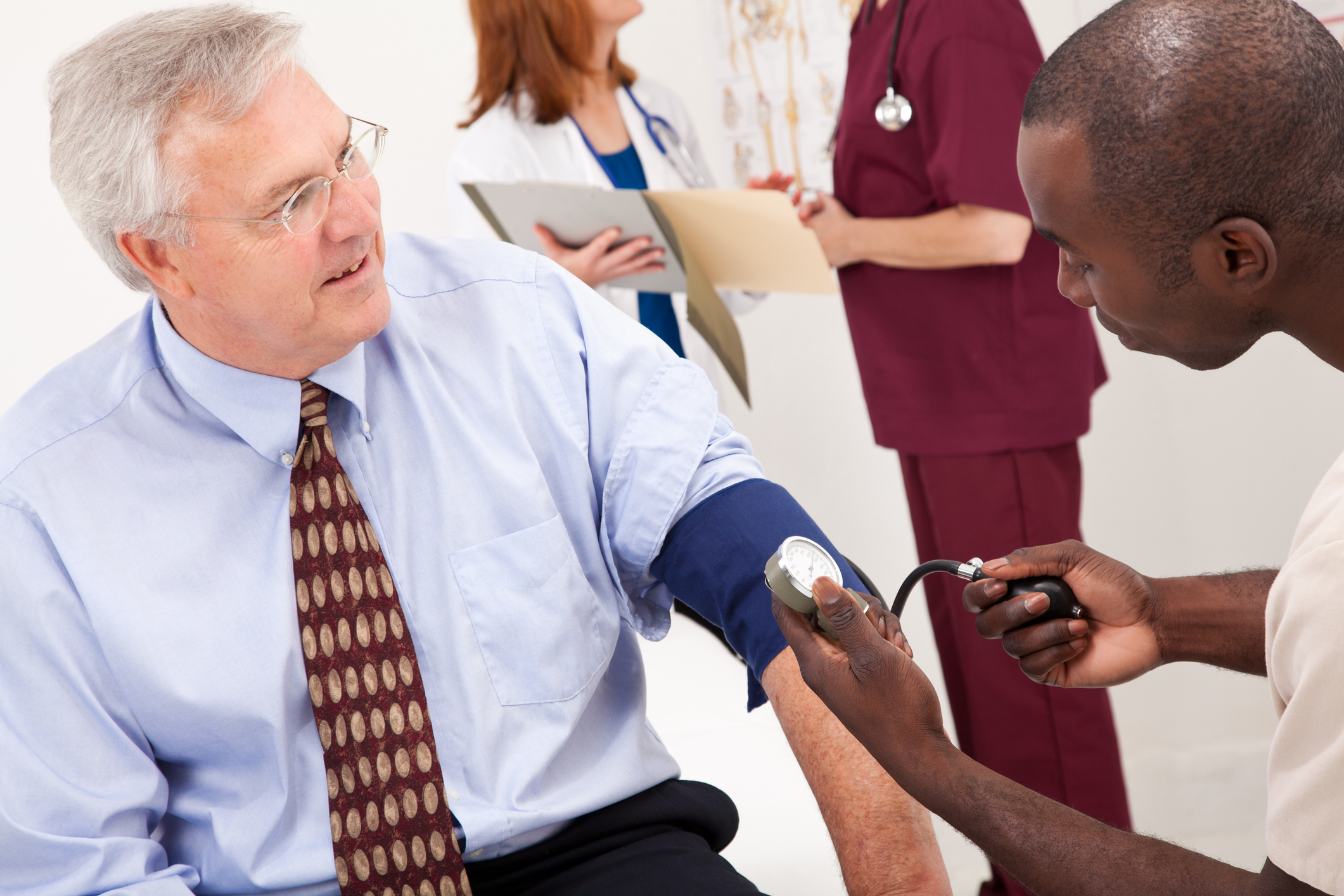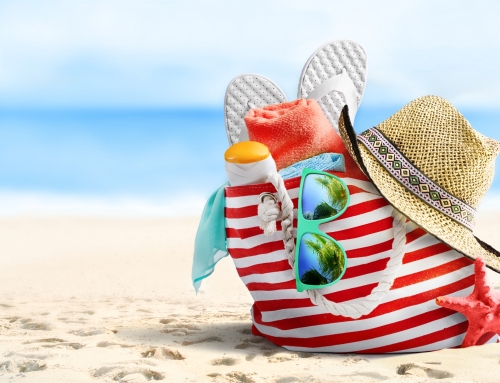By Dori Schatell, Medical Education Institute
One of the main jobs of dialysis is to remove excess water from your body. Seems pretty simple, right? Like wringing out a wet towel? Of course, your body is more complex than a towel—and taking over a task that healthy kidneys did isn’t really so easy.
Removing water can lower your blood pressure at dialysis, which can make you feel wretched during and even after a treatment. We’ll tell you why—and how you can stop it.
Fluid in Your Body
Maybe you’ve heard that the human body is made mostly of water. It’s True — and water in your body is found in three “fluid compartments:”
- Inside your cells (intracellular)
- In your tissues, between cells (interstitial)
- In your bloodstream (intravascular)
Your body wants to keep the same amount of fluid in all three compartments, even when you take fluid in by eating and drinking, and lose it through urine, stool, sweat, and breathing. Keeping this balance, or homeostasis, is a task of healthy kidneys.
Kidneys control how much water and salt you retain or lose as urine. Salt pulls water from one compartment to another until they’re equal. In fact, salty foods make you thirsty so you’ll drink more fluid and get back into balance.
Water doesn’t just slosh around between compartments. To move from one to another, it must slowly pass (diffuse) through pores in the cell walls. These microscopic holes let water and tiny particles through, but not large ones, like protein and red blood cells.
Dialysis and Water Removal
Dialysis can only remove water that is in your blood. Only a small part of the water weight you gain is in your blood. If your feet are swollen (edema), fluid is in your tissues—not your blood.
During a treatment, pressure forces fluid out of your blood, into the dialysate, and down the drain. Some water from other compartments can then move into your bloodstream (this is called vascular refilling), so it can be removed. In the 3 or 4 hours of a treatment, only so much water is in your blood or has time to move there. The machine is set to a fluid goal— your “dry weight,” or weight without excess water. The dialysis machine keeps pushing, even if the water is not in your blood. And this is why you may feel awful. If your blood becomes too “dry,” your blood pressure drops. This happens if you go below your dry weight, or even if you are above your dry weight, but the extra fluid is not in your bloodstream.
The Risks of Fluid Gain
In the short term, if too much water is removed from your blood in a 3-4 hour treatment, your body will become dehydrated (dried out). Besides low blood pressure, you may have painful muscle cramps, nausea and vomiting, feel dizzy, or pass out. These symptoms can be so severe that you dread coming to dialysis. You can avoid these problems by knowing your dry weight and checking your fluid removal goal at each treatment.
In the long term, fluid overload (gaining too much fluid weight) can damage your heart. If your blood pressure between treatments is high (even with drugs), you will be at a higher risk for heart attack, heart failure, or stroke.Also, if you stop treatments early due to cramps or other symptoms, you may not get enough dialysis. This can shorten your life, too. 1
Clinic Treatment for Low Blood Pressure
Clinics prevent or treat low blood pressure during a treatment in a number of ways:
- Many clinics use sodium modeling. They program the machine to use more sodium (salt) in the dialysate at the start of a treatment when you have more fluid, and less at the end when little is left. The sodium helps pull fluid from the swollen tissues into the blood, so it can be dialyzed off. The sodium level is dropped at the end of the treatment to help return your blood sodium level back to normal. Sodium modeling can reduce your chances of having low blood pressure 2 3 4 but there may be a cost. It may make you thirsty after treatment, so you gain more fluid and your blood pressure goes even higher. 5 6
- Turning down the rate of ultrafiltration (fluid removal) near the end of a treatment can help prevent low blood pressure. With ultrafiltration modeling (UF profiling), the machine can be set to remove more fluid at the start of a treatment and less at the end. This can be helpful if you often have a low blood pressure at the end of a treatment. But, if you take less fluid off, you will still have extra fluid in your body.
- During a treatment, if your blood pressure drops, the nurse or tech may give you saline (salt water) through your blood tubing. Normal saline has the same amount of salt as your blood. It replaces blood volume, which improves your blood pressure. In some centers, hypertonic saline may be given. Hypertonic saline has more salt than your blood. It can help pull fluid from your tissues into your blood, which raises your blood pressure. If hypertonic saline were given near the end of the treatment, however, it could make you more thirsty.
- Putting your chair in Trendelenberg position—with your head lower than your feet—can help bring more blood to your heart and brain, which can ease your symptoms.
- In some patients, the supplement L-carnitine has helped reduce symptoms of low blood pressure during treatment.7
How to Prevent Blood Pressure Drops
- Be sure your dry weight is right. If you work out or eat more so you gain “real” weight, tell your care team and ask for a higher dry weight. Your fluid goal is based on the scale—which can’t tell if those extra pounds are fat, muscle, clunky shoes, or fluid. Staff may assume all weight gain is fluid. Learn to set your own fluid goal, since you know yourself best.
- Be sure the machine is set correctly. Ask the tech to tell you where the fluid goal is set, so you can check to be sure it’s right. You don’t want to get near the end of a treatment, have your blood pressure drop, and then find out that your goal was—oops!—set for an extra kilo. No one is perfect. Be an extra set of eyes—and be actively involved with your care.
- It’s not necessarily you. Healthy kidneys work 24/7. But most U.S. patients get in-center hemo three days a week for 3 to 4 hours perm treatment. It’s because the treatment is intermittent and short that the fluid limits are so strict. In fact, one study found that in-center hemo patients had significantly more sudden cardiac deaths on Mondays and Tuesdays—after the 2-day gap. 8 Most forms of dialysis have some fluid limits, and in-center hemo has the strictest ones. If you choose in-center hemo, you must choose to follow your fluid limits to feel your best.
- Consider home dialysis. People who do peritoneal dialysis (a treatment that uses the lining of the abdomen as a filter) don’t get low blood pressure during their treatments. People who do daily or nocturnal home hemo—and get 5 or 6 treatment each week—don’t get low blood pressure, either. In fact, they may not even need fluid limits (or “renal” diets). Home dialysis puts you in charge of your schedule and your life. Talk with your health care team to see if a home treatment option may be right for you.
Resources for More Information
To Learn More About Blood Pressure, Fluids, and Dialysis:
- Kidney School™ Module 13: Heart Health and Blood Pressure (https://kidneyschool.org/m13/1/)
- What’s Your Blood Pressure? https://www.davita.com/education/kidney-disease/risk-factors/hypertension
- To Learn More About Home Dialysis (PD & Home Hemo and Where to Find Them):
- DaVita at Home: https://www.davita.com/treatment-services/home-dialysis
- Home Dialysis Central: http://www.homedialysis.org
Sources
- Port FK, Pisoni RL, Bragg-Gresham JL, Satayathum SS, Young EW, Wolfe RA, Held PJ. DOPPS estimates of patient life years attributable to modifiable hemodialysis practices in the United States. Blood Purif. 2004; 22(1):175-80.
- Dominic SC, Ramachandran S, Somiah S, Mani K, Dominic SS. Quenching the thirst in dialysis patients. Nephron. 1996;73(4):597-600.
- Sadowski RH, Allred EN, Jabs K. Sodium modeling ameliorates intradialytic and interdialytic symptoms in young hemodialysis patients. J Am Soc Nephrol. 1993 4(5):1192-8
- Dheenan S, Henrich WL. Preventing dialysis hypotension: a comparison of usual protective maneuvers. Kidney Int. 2001 59(3):1175-81.
- Flanigan M. Dialysate composition and hemodialysis hypertension. Semin Dial. 17(4):279-83.
- Mann H, Stiller S. Sodium modeling. Kidney Int Suppl. 2000 Aug, 76:S79-88.
- Ahmad S. L-carnitine in dialysis patients. Semin Dial. 2001 May- Jun;14(3):209-17.
- Bleyer AJ, Russell GB, Satko SG. Sudden and cardiac death rates in hemodialysis patients. Kidney Int. 1999; 55(4):1553-9.




